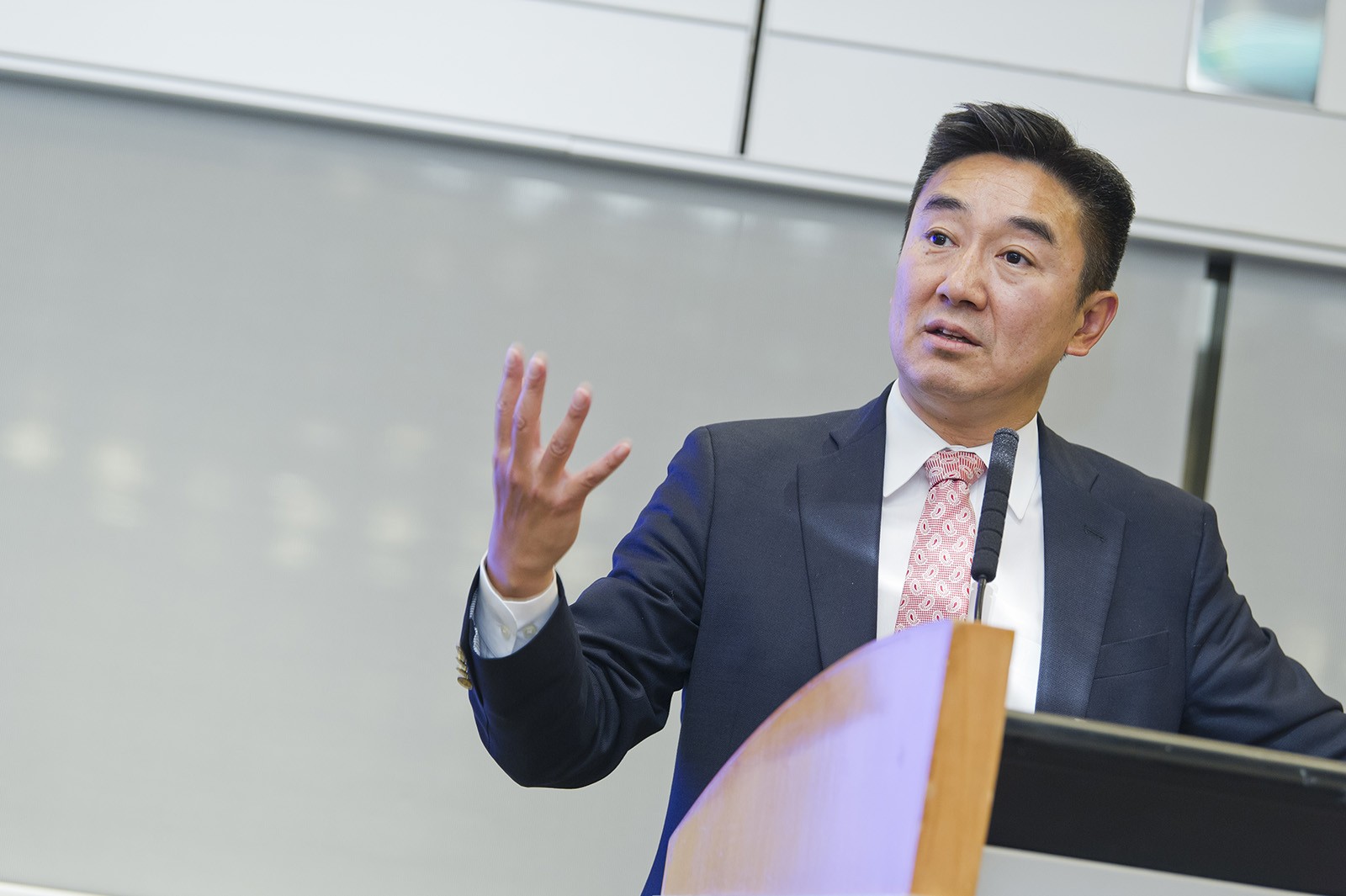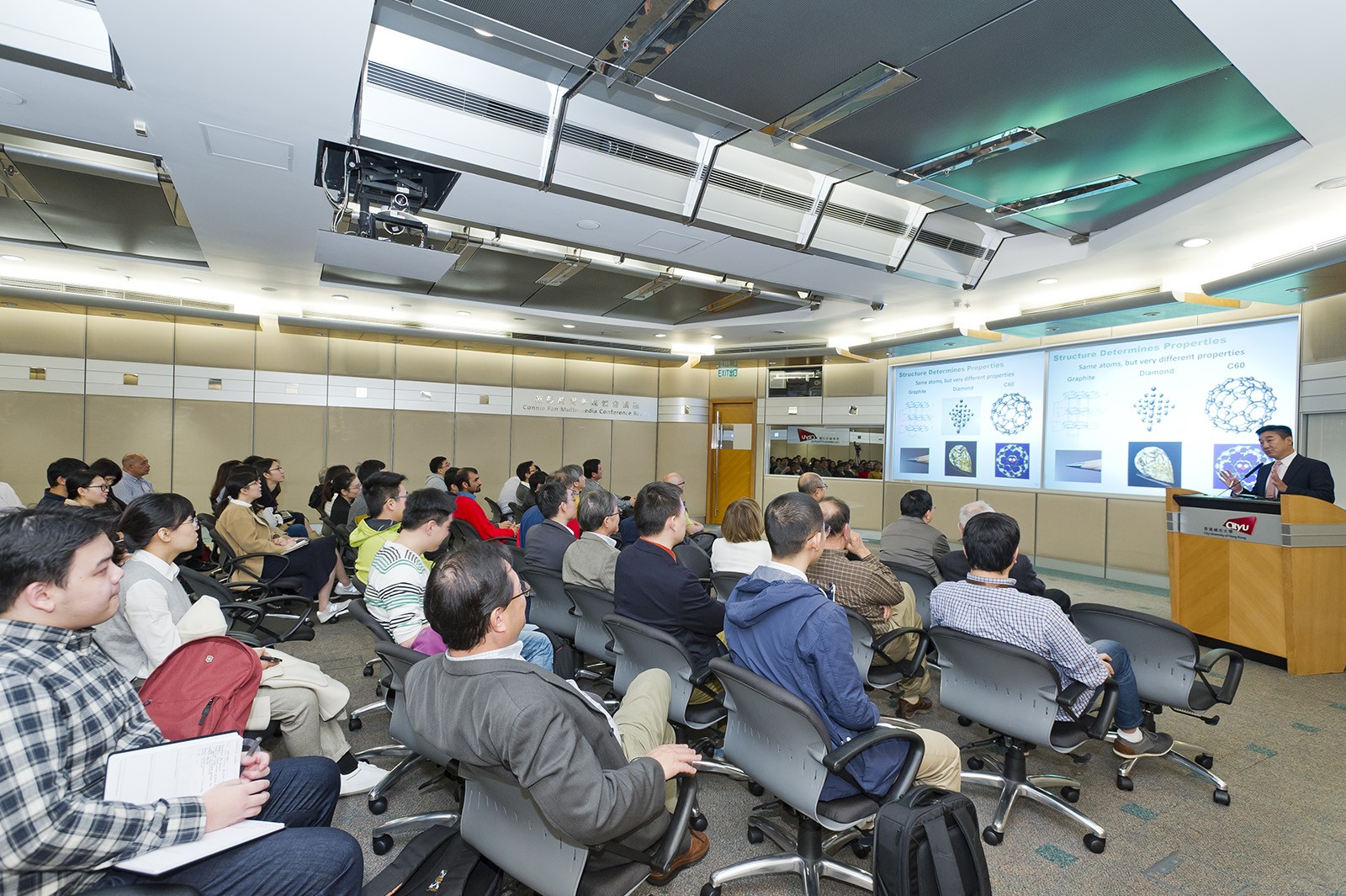Understanding materials through neutron scattering
Hong Kong’s scientific community must engage and leverage opportunities to propel itself to the forefront of developments in neutron scattering, according to Professor Wang Xunli, Head and Chair Professor of Department of Physics at City University of Hong Kong (CityU).
Professor Wang was speaking at the latest talk in the President Lecture Series: Excellence in Academia, which was held on 25 January.
“Neutron scattering is a powerful method for studying the structure and dynamics of materials, and CityU can provide leadership in establishing Hong Kong as a hub for neutron scattering science,” said Professor Wang in his talk “Raising the Bar – The Application and Social and Economic Impact of Neutron Scattering”.
Applications of neutron scattering are possible in areas that require a greater understanding of materials, which would include materials science and engineering, physics, chemistry, life sciences, and energy and the environment, among many others.
In neutron scattering, the natural properties of neutrons are used to investigate materials. They reveal where atoms are located and what they do. They see more than x-rays, reveal inner stresses in a material and show what atoms remember.
Essentially, when neutrons meet atoms in the target material, they bounce off and scatter, providing scientists with evidence about the material’s properties.
“Neutrons are highly penetrating and offer faculty excellent insight into the nature of materials, information that is of great benefit to many different areas,” Professor Wang said.
One example is how neutron scattering can be used to measure for stress and strain, particularly for materials used for trains and planes, as a way to improve safety.
Such is the promise that the field offers in a number of scientific areas, it’s no surprise that the number of neutron facilities and user communities is growing, especially in the Asia–Oceania region.
Of particular importance for science in Hong Kong is the RMB 2.3 billion China Spallation Neutron Source (CSNS), an accelerator-based neutron source in Dongguan.
“CSNS offers tremendous opportunities for CityU researchers and for Hong Kong in general. It’s not only a world-class facility, it is very close to Hong Kong and easily accessible,” Professor Wang said.
Professor Wang received his PhD from Iowa State University and BS from Peking University, both in Physics.
Prior to coming to Hong Kong, he worked at the Oak Ridge National Laboratory in the US. He was responsible for the design, construction, and commissioning of VULCAN, a powerful engineering diffractometer at the Spallation Neutron Source, Oak Ridge National Laboratory.


